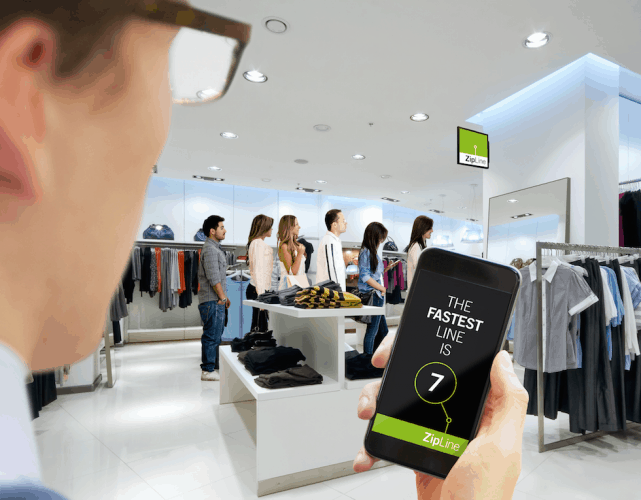
Now an infrared-based queue monitoring system, developed by Cambridge Consultants, could tell you which line to join to ensure you reach the front fastest, even if it is at the other side of the building.
The system, known as ZipLine, can operate across different floors in a large department store, or throughout a shopping centre, to identify the shortest queue for the toilet or for a coffee, for example.
The system uses infrared sensors to count the number of people in each queue and detect how fast they are moving, according to Tim Ensor, head of connected devices at Cambridge Consultants.
“It is like a low resolution infrared camera, in that we can see a blurry image of what we’re looking at, although we can’t see who the people are,” he said.
An algorithm on the sensor then calculates where the people are in this infrared image, how they are forming themselves into lines, and how fast the lines are moving, he said.
A long-range, low-power radio link transmits this data from sensors dotted around the area to a central server, where it is converted into user-friendly information that can be displayed on a screen or website, for example. The system can operate over distances of up to several kilometres.
“We could put Bluetooth beacons up at checkouts, for example, and then push a notification to consumers’ smartphones, to ask if they are interested in checking out of the store in the quickest way,” said Ensor. “Those that click yes to that would then be directed to a webpage, which would give them the information they want”, he said.
Having developed the concept, Cambridge Consultants is now talking to other companies about the possibility of commercialising the technology.




April 1886: the Brunkebergs tunnel
First ever example of a ground source heat pump?